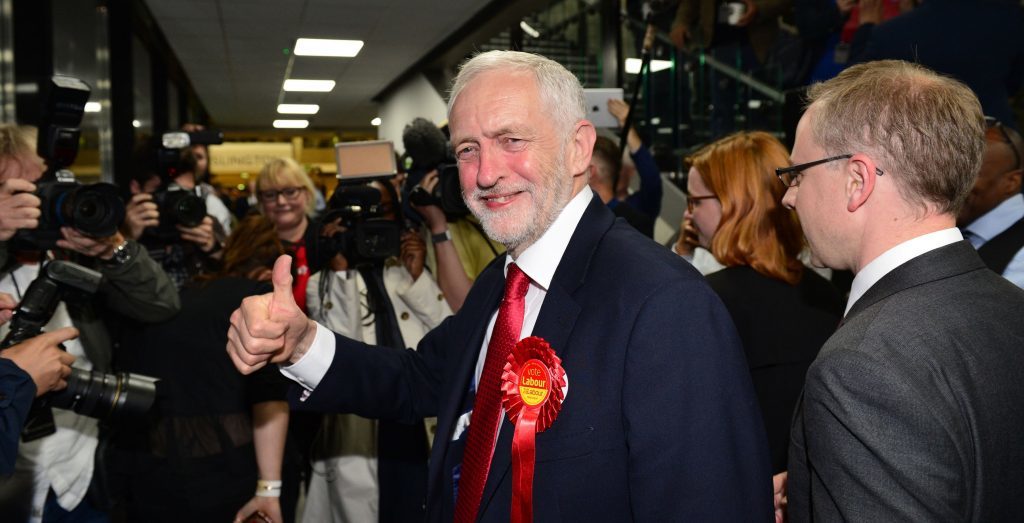
Theresa May’s decision to call a snap election will end with the Conservatives losing its majority in a hung parliament, according to the PA’s latest forecast.
With only 100 of the 650 results left to declare, the PA’s election results centre is predicting the Tories will finish on 319, a loss of 11 seats and seven short of an absolute majority.
Jeremy Corbyn’s resurgent Labour was on course for 261 seats, with the SNP in third despite dropping to a projected 35 and the Lib Dems on 13.
The forecast is based on an extrapolation from the total vote shares received by the parties from the results in so far, estimating the number of seats that would change hands on a uniform swing.
But the forecast will change and become increasingly reliable as more results come in.
Theresa May has said Conservatives will act to ensure “stability” if the Tories are the largest party with the biggest number of votes, as expected.
Mrs May’s comments appeared to indicate she is preparing for the possibility of a hung parliament, after her massive gamble on a snap election backfired sensationally.
After going into the June 8 poll on the back of opinion polls suggesting she was heading for a substantially increased majority, Mrs May has lost two ministers, including the author of her manifesto, among a string of Conservative casualties.
Labour leader Jeremy Corbyn called on the Prime Minister to resign, saying she should “go and make way for a government that is truly representative of this country”.
After 325 constituencies had declared, a Press Association forecast had the Tories set to win 325 seats, exactly half of the 650 MPs in the Commons but enough to maintain a working majority if Sinn Fein continues with its practice of not taking any seats they win.
A BBC analysis, which also took into account the exit poll which first revealed the shocking scale of the Tories’ difficulties, suggested Mrs May was heading for 318 seats.
Accepting victory in Islington North, Mr Corbyn said voters had opted for hope and “turned their backs on the politics of austerity”.